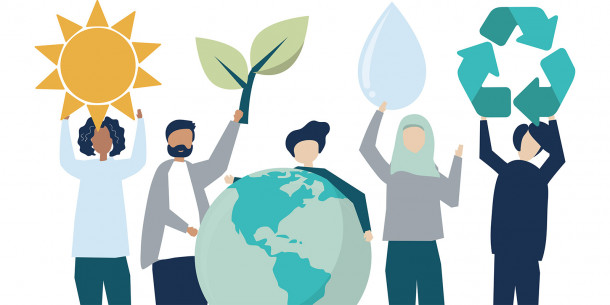- Call Us Now : (+977-01) 5444612
- Send Us Email : [email protected]
Gender Equality and Social Justice
Nepal is exposed to many natural hazards and human induced disasters. More than 80 percent of the total population of Nepal is at risk of multiple natural hazards, such as floods, landslides, windstorms, hailstorms, fires, earthquakes and Glacial Lake Outburst Floods (GLOFs). The country is among the 20 most disaster-prone countries in the world. In part, this is because Nepal is in a seismically active zone with a high probability for massive earthquake (MOHA 2017).During the disaster, women and girls are more affected and vulnerable than men and boys. The impacts of disasters and crises are not gender-neutral, and global evidence shows that when disasters strike and humanitarian crises unfold, women and girls bear the impact.


Research and Documentation
Over five years, WNF will be developed as issue based federation in Nepal and also work on creating on knowledge based Resource Center on women where all the information related with women will be documented and maintained. With the creation of these Resource Center women issues will be known to the world, gain knowledge about the movement of women in Nepal, people will learn about historical events, acquire issue based knowledge. This resource center will be used as historical documentation center and will increase visibility of women’s work in Nepal. Under this theme, evidence based research will be conducted as well as collected from different member organizations for dissemination in the resource center. Further one Her Story Park will be created by acquiring free land from the government where history of women’s contribution for women’s rights in Nepal will be reflected. This Park will be one of the memorial park for women who contributed their life for the rights of women in Nepal.
Policy Advocacy
The major aim of this strategic theme is to strengthen rule of law, good governance, and gender friendly policy for equitable inclusive participation of women and ending VAW. The key interventions of this theme focuses on Lobby and advocacy for amendment of discriminatory laws against women and girls and formulation of gender equality laws to three tiers of government, Lobby for effective implementation of laws and policy of the government in Local government, provincial government and federal government and Evidence based Policy Advocacy for Promoting access to justice for vulnerable women and girls and sexual minorities , Resource mobilization for Access to Justice of Victim/survivors, Children should get citizenship from the name of their mother, equal wage for equal work , property rights, cyber-crime and digital rights, Truth and Reconciliation , Sexual and Reproductive Health Rights.


Movement Building
Mapping of women led NGOs from 77 districts of seven provinces will be identified and bring under one umbrella. Not only in the form of NGO but there exists a lot of local women participated organizations which should also be bought in the federation thus, the federation would be more strong. The focus of this strategic area, movement building, is to gather strength to carry out movements. This strategic intervention focuses on mapping of the women led organizations/ activists and orient them to be the member of Women Federation for one strong and unified voice for the rights of women as a whole (membership expansion to 1000 women led organizations), networking, partnership, build alliance and solidarity. This strategic area not only build alliances with women led organizations and activists at grassroots and national level but also build alliances and solidarity at International level. Women Federation will further build alliances and networking with local and national level civil society organizations, community based organizations, government officials, media persons, academic institutions, activists, individual professionals, lawyers, and counselors, health professionals for social justice and transformation to ensure gender equality.
Gender and Climate Change
Nepal is exposed to many natural hazards and human induced disasters. More than 80 percent of the total population of Nepal is at risk of multiple natural hazards, such as floods, landslides, windstorms, hailstorms, fires, earthquakes and Glacial Lake Outburst Floods (GLOFs). The country is among the 20 most disaster-prone countries in the world. In part, this is because Nepal is in a seismically active zone with a high probability for massive earthquake (MOHA 2017).During the disaster, women and girls are more affected and vulnerable than men and boys. The impacts of disasters and crises are not gender-neutral, and global evidence shows that when disasters strike and humanitarian crises unfold, women and girls bear the impact.


Institutional Development
This intervention focuses on strengthening the capacity of member organizations in terms of efficiency of the organizations and competency of human resources. Further Federation will provide technical support to its member organizations as and when necessary on organizational and capacity development which includes review and design organizational structure, policies, system and processes. At Institutional Development, this intervention focuses on building institutional strength of the Federation from Central to local level. This theme focuses more on developing plan and policies, resource generation, recruitment of staff , networking with different partner organizations at national to international level from local to center office of Federation.
